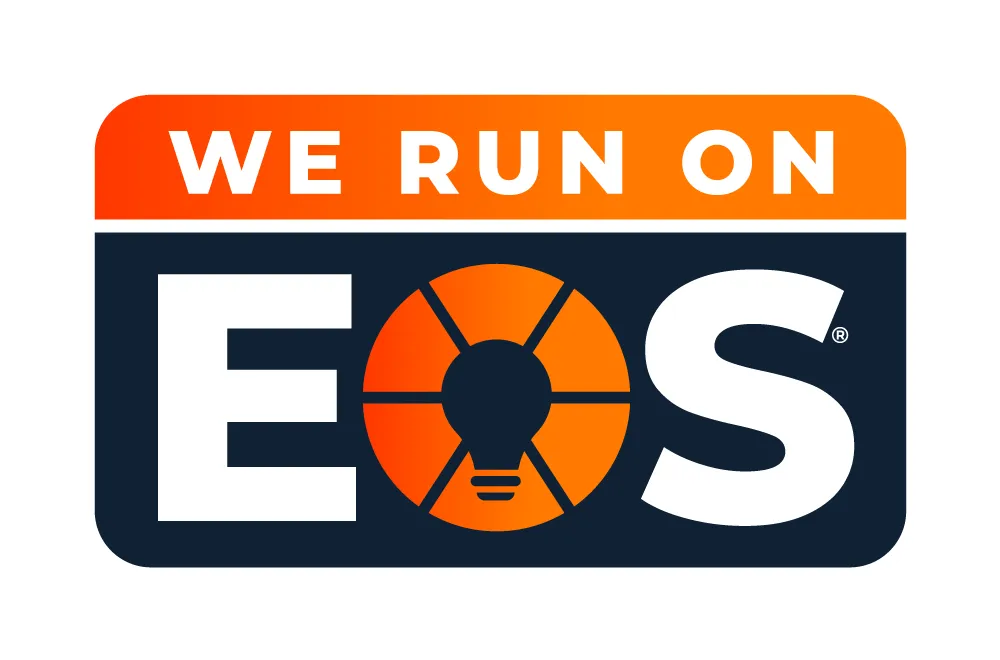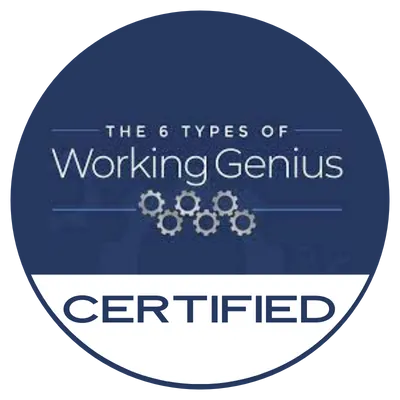
How To Break the $20M Barrier to Maximize Valuation
As a rule-of-thumb, companies with under $20M in revenue tend to get discounted offers from potential buyers. The reason is simple: smaller companies carry higher risk for a buyer. To hedge that risk, buyers typically offer lower multiples.
Why $20M Is a Critical Threshold
Companies with over $20M in revenue tend to be seen as more stable and less risky by potential acquirers. This is because they’re likely to have several things in place that signal maturity and sustainability:
A diversified customer base, reducing dependency on any one client.
Strong leadership with a proven track record.
Consistent, documented processes that drive operational efficiency.
A scalable business model that can handle further growth.
Additionally, companies that have scaled to $20M in revenue often have experience with mergers and acquisitions themselves, making them attractive targets for strategic buyers who want to accelerate growth through acquisition. For these reasons, buyers are typically willing to pay a higher multiple for companies at this scale.
The Dilemma for Owners of Sub-$20M Companies
Owners of companies with less than $20M in revenue may find themselves in a tough spot when planning for retirement. After consulting with a wealth advisor, many business owners discover a gap between the company’s current valuation and the assets needed to retire comfortably.
Here’s a simple example: Let’s say an owner wants to retire with $500,000 per year in income. Assuming a conservative investment return of 5%, they would need $10M in assets. However, if their business is generating $10M in revenue, $500,000 in profit, and has a multiple of 6X EBITDA, the business would only be worth $3M before taxes. Clearly, this owner needs to grow the revenue, profit, and the multiple to increase the company’s value before they can comfortably exit.
The path forward? Grow the business strategically from $10M to $20M in revenue while improving operational efficiency and profitability. Below are key strategies to achieve this milestone.
10 Key Strategies to Grow from $10M to $20M in Revenue
1. Build Scalable Processes
To grow sustainably, you need to ensure your operations can handle increasing volume without sacrificing quality or efficiency.
Automate repetitive tasks in sales, marketing, finance, and customer support.
Standardize and document workflows so they can be easily replicated and improved by new team members.
Implement tools like CRM systems, marketing automation platforms, and ERP software to reduce manual work and improve data-driven decision-making.
2. Strengthen Leadership and Expand the Team
At $10M, the business is likely outgrowing its original team structure. To scale further, you’ll need to invest in experienced leaders who can take ownership of specific departments and drive growth.
Hire seasoned executives or middle managers with a track record of scaling businesses.
Build a leadership team capable of setting strategy and holding teams accountable.
Empower managers to own results and create scalable, repeatable systems.
3. Prioritize Customer Retention and Expansion
While acquiring new customers is crucial, retaining and expanding revenue from existing customers often yields higher ROI.
Develop a customer success program to ensure clients are getting ongoing value from your product or service.
Offer upsell or cross-sell opportunities based on customer needs.
Measure and track net revenue retention (NRR) to gauge how well you’re retaining and growing existing accounts.
4. Invest in Strategic Innovation
To maintain growth momentum, your product or service offering must continue to evolve.
Regularly gather feedback from customers and your sales team to understand emerging needs.
Invest in R&D to create new features or offerings that can deepen your market penetration or open new revenue streams.
Explore adjacent markets or verticals where your existing product could deliver value with minimal adaptation.
5. Optimize the Revenue Engine
Your sales and marketing strategy must mature as you scale. What worked to get to $10M may not be enough to double revenue.
Focus on segmenting your customer base and tailoring your go-to-market strategy for different segments.
Improve the efficiency of your sales funnel by refining lead qualification and shortening the sales cycle.
Invest in demand generation through content marketing, partnerships, and outbound strategies.
If you sell to larger customers, consider adopting account-based marketing (ABM) to land high-value deals.
6. Implement Rigorous Financial Management
Strong financial discipline is critical for scaling profitably and increasing your company’s valuation.
Regularly monitor key financial metrics such as gross margin, CAC (customer acquisition cost), LTV (lifetime value), and cash flow.
Bring in a CFO or financial controller who can provide strategic financial guidance.
Ensure that financial reporting is accurate and timely to support better decision-making.
7. Upgrade the Technology Stack
Your existing tech stack may not be sufficient to support the next phase of growth.
Invest in scalable technology platforms that can handle increased data, users, and transactions.
Enhance your data analytics capabilities to enable better decision-making across the business.
Strengthen cybersecurity and compliance to protect customer data and meet regulatory requirements.
8. Expand into New Markets
Expanding your reach can unlock significant growth opportunities.
Look at geographic expansion, either domestically or internationally.
Partner with distributors, resellers, or other channels to access new markets without building a direct sales team.
Consider strategic alliances that can accelerate market entry or provide access to new customer segments.
9. Establish Strong Governance and Advisory Support
At this stage, having experienced advisors or board members can provide valuable insights and help avoid costly mistakes.
Build a board of advisors with executives who have successfully scaled similar businesses.
Improve governance by setting up regular review cadences for strategy, risk management, and performance monitoring.
Think about long-term options like positioning for an exit, raising growth capital, or preparing for an IPO.
10. Reinforce Company Culture
As your company grows, preserving and strengthening the culture becomes increasingly important.
Clearly articulate your core values and ensure they are embedded in hiring, onboarding, and daily operations.
Invest in employee development and leadership training to cultivate future leaders within the company.
Foster a culture of innovation, accountability, and continuous improvement to keep your team engaged and motivated.
Final Thoughts: Prepare for Growth and Maximize Value
Scaling a company from $10M to $20M is about more than just increasing revenue—it’s about building a more valuable, sustainable business. By focusing on scalable systems, customer retention, leadership, and financial discipline, you not only improve your chances of reaching $20M in revenue but also increase your company’s valuation and attractiveness to potential buyers.
For business owners considering an eventual exit, it begins with determining the current value of your business. Then, creating a plan. Our MPG Process helps business owners accurately assess their company’s value, develop a roadmap to maximize that value, and execute with precision to meet both personal and business goals.
Ready to take the next step? Schedule a 30-minute Enterprise Value Briefing to discover the four questions every business owner needs to ask to unleash value. Get an accurate estimate of the market value of your business and actionable insights to grow.
Schedule Your Value Creation Briefing Today.
Originally published on Darrell Amy's LinkedIn.
FREE BUSINESS VALUATION
Large Call to Action What is Your Business Worth?
You can Discover the Value of Your Business in Less than 20 Minutes!
Join 70,000 business owners and get your score on the 8 Factors That Drive Your Company’s Value, a comprehensive analysis of your score and a detailed action plan for how to improve your score on each.

DISCOVER HOW YOUR COMPANY CAN UNLEASH STRATEGIC INNOVATION
Attract, engage, and retain top talent
Integrate new technologies like AI
Build competitive advantage
Create profitable growth
"Wow! This is incredibly powerful! My integrator needs to see this right away.
Chris C.
Visionary and CEO


We run our business on EOS
We run our business on EOS



